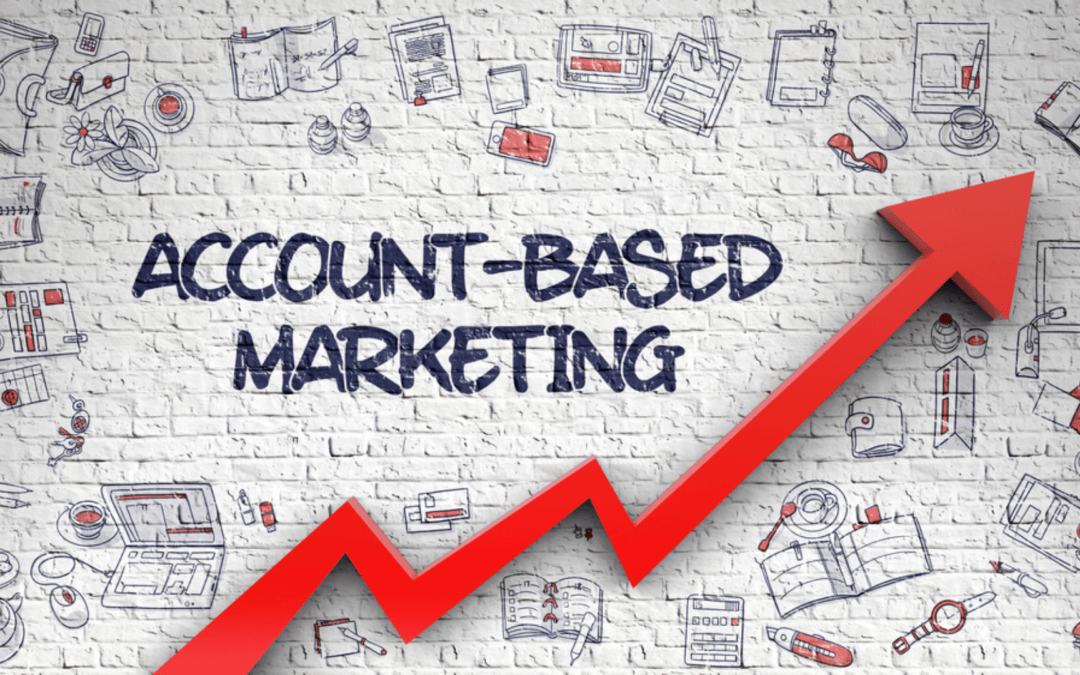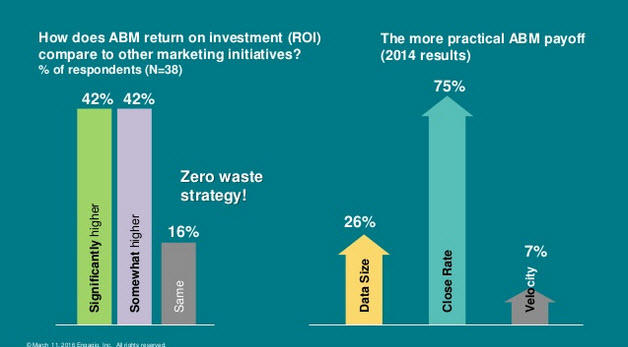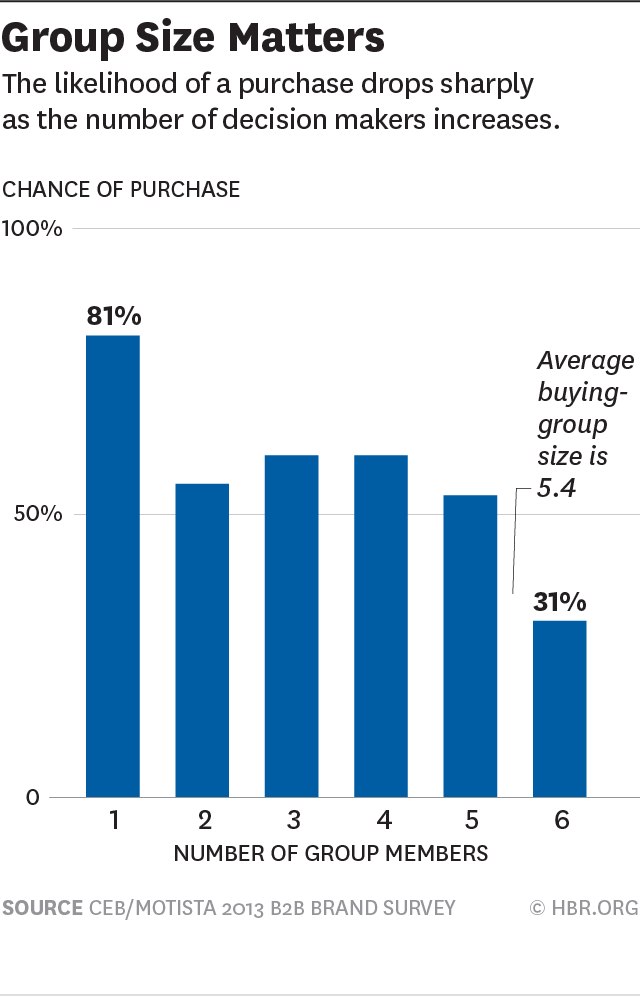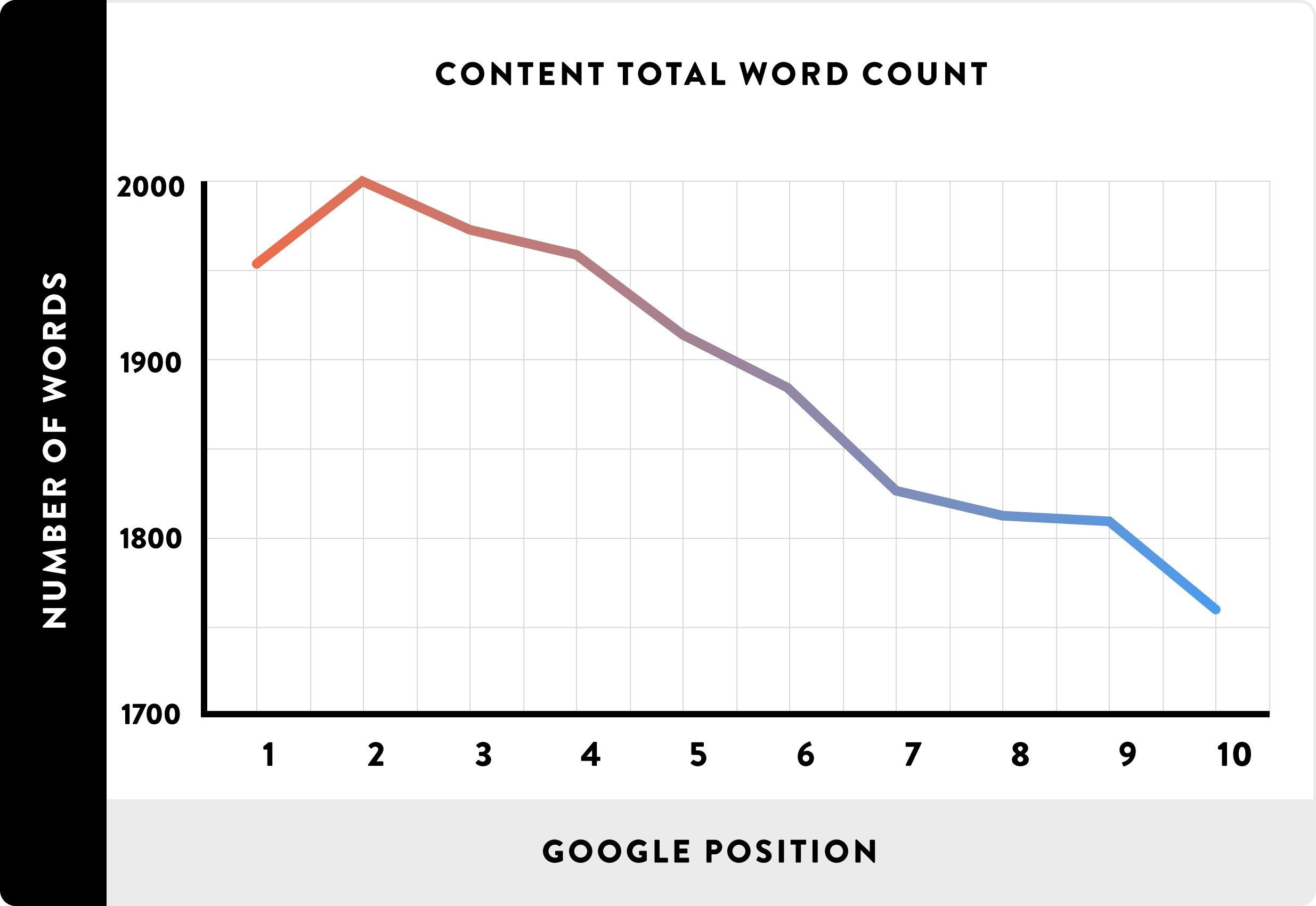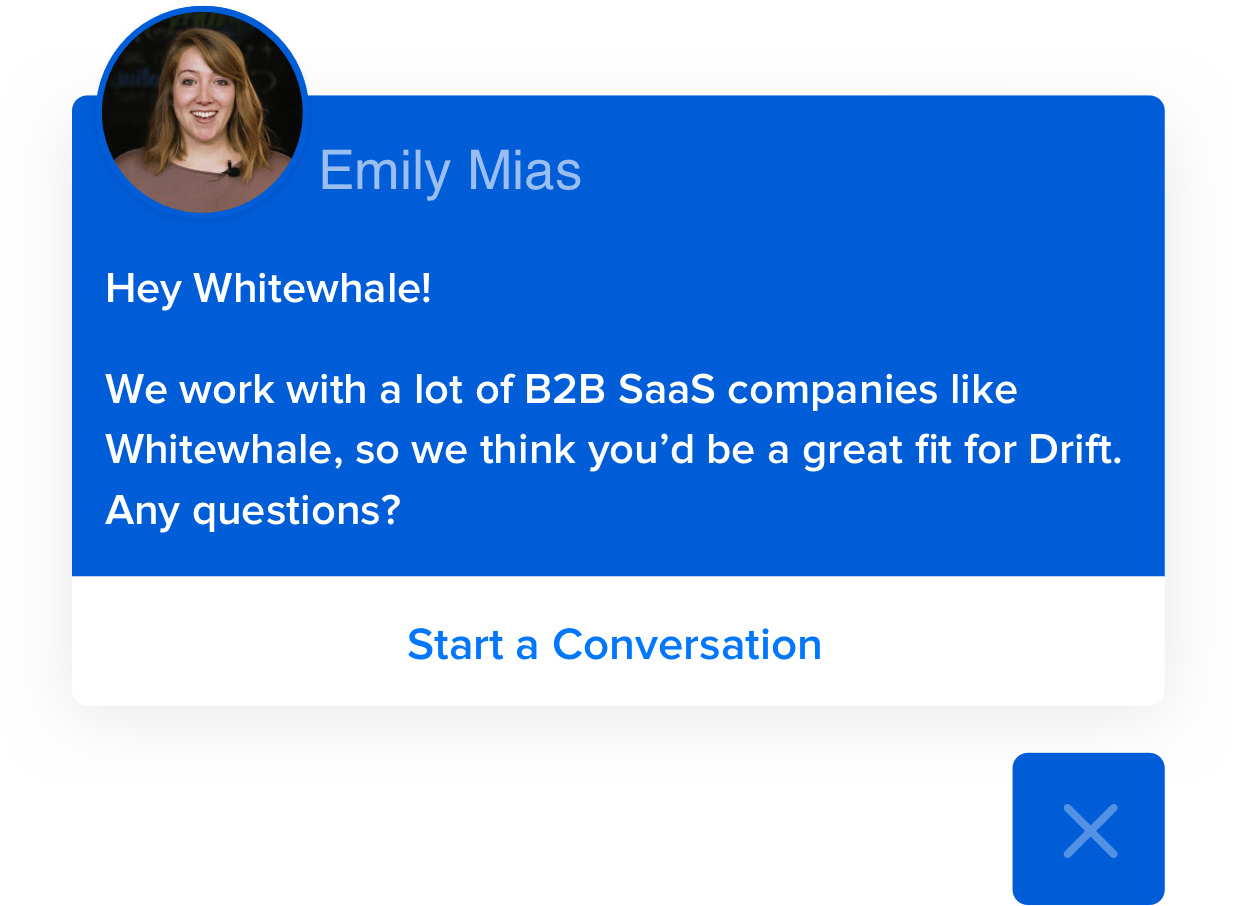Back in the day, only established enterprises were able to acquire the technology and services needed to run a successful ABM campaign because it was too expensive.
These days, account-based marketing (ABM) is gaining momentum, especially among B2B startups. Over 70% of B2B businesses have already some form of ABM strategy in place within their organization with another 27% planning to set one up within the year.
What is account-based marketing?
Account-based marketing focuses on combining the efforts of your sales and marketing teams to attract and convert high-quality leads through the use of personalization.
What makes account-based marketing unique?
Most marketing strategies use what I call as the “spray and pray” approach. What this means is that when marketers create and launch a campaign, they will do it in a way where they can get as many people as possible.
Why do they do this?
The reason is that as these prospective customers go through their marketing and sales funnels, many won’t proceed further. So, by the time they arrive at the bottom of the funnel, the number of those that convert to paying customers is significantly lower than at the top of the funnel.
Account-based marketers do things differently. Rather than casting their net as far and as wide as possible, they narrow down the potential clients so that they only target those that are going to provide the most revenue to your company and build a campaign targeting these accounts.
Because their approach is more laser-focused, account-based marketers can maximize the resources that they have to work with to generate results. Also, the number of deals that your sales teams have to close is considerably lower than those that use other marketing strategies. As a result, 85% of businesses that use account-based marketing generate a significantly higher ROI compared to their competitors using different marketing strategies.
Source: Wordstream
Not only does this make ABM more highly targeted but also help significantly shorten your sales cycle. As a result, B2B companies can quickly convert these specific accounts into clients, generating revenue more quickly.
Many articles published about account-based marketing talk about how effective it is in converting leads and generating revenue. Not surprisingly, many businesses are keen to hop on board the bandwagon.
That is not to say that account-based marketing strategies used today don’t have its limitations and drawbacks. Before you decide to implement an account-based marketing strategy for your company, it’s crucial that you also take into consideration these limitations. That way, you’ll make a better, more informed decision.
The dark side of account-based marketing
1. ABM is not as targeted as before.
One reason why ABM strategies were so highly targeted was that of the way how companies reached out to their target accounts. Sales techniques like cold calling and sending direct mail to their target accounts required that the details are carefully screened first before they are given to the sales reps to use. Doing this helps to increase the chances of a sales rep to reach out and connect with the right person within a target account.
Current strategies used these days are now less targeted. Rather than sending personalized emails to a target account, many use display advertising and other techniques that focus the entire company or organization.
Although these reach employees working within the company, they may not necessarily be in a position to make a purchasing decision on behalf of the company or organization.
2. Too many key decision makers to convince
On average, companies and organizations appoint about five key decision makers.
Source: Harvard Business Review
There are even some companies and organizations that can have as many as 17 people involved in their decision-making process.
Aside from the number of key decision makers you’ll need to convince, you’ll also need to take into consideration that these decision makers come from different departments, perform various functions, and may even be located in different places across the globe.
Because of this, each key decision maker can differ on how they will evaluate and analyze your offer.
For example, a key decision maker from the company’s IT department may want to know more about the technical side of your product or service. On the other hand, a key decision maker from your target account’s legal department may want to focus on the terms and conditions of your service.
3. The quality of the data about your target account
Critical to the success of your account-based marketing is the data you provide to your sales team. You need to make sure that the information you provide is accurate. Otherwise, you risk putting your sales representative in a very embarrassing situation of either calling the wrong number or the person they’re looking for is no longer connected with the company.
The thing is that no matter how you maintain your database, the reality is that the data stored in your database is prone to decay. Key decision makers come and go within a company or organization all the time. One study shows that sales intelligence data decay at an average of 30%. That means for every 10 contacts your sales representatives receive, three of them will no longer be accurate.
Is account-based marketing for you?
Sadly, many company founders and entrepreneurs suffer from what’s called the “Shiny Object Syndrome.” This syndrome essentially refers to the practice where they would quickly shift to using a new marketing strategy, technique or method they recently learn about without carefully thinking it through.
No doubt, account-based marketing has its merits. However, before you huddle your team together and announce that you will now be implementing this strategy to your company, it’s crucial that you first need to consider 8 critical factors to see whether this would be the best move for your company’s growth.
1. Stage of your company
Account-based marketing is an ideal strategy to consider to use for your company when you already have a viable product or service to offer to your target account. That’s because, by this time, you have previously identified those accounts that would most likely buy it, so you’ll be able to create a shortlist of companies and organizations to target.
2. Type of company
Account-based marketing is designed to work only for B2B companies because this strategy initially used by marketers working for B2B companies. If your company’s product or service is designed to meet the needs of individual customers, this may not be the best option to consider.
3. Stability of your company
You need to make sure that your company has sufficient financial resources to keep it afloat and running as you implement and execute your account-based marketing strategy.
The decision-making process happening within businesses and companies is longer and more complex than with individual customers because there are many key decision makers involved. So even though your sales team needs to close fewer clients to make a profit, it can take quite some time for this to happen. To keep things up and running, you need to make sure that you have the resources your company needs to stay afloat in the meantime.
4. The right people
While you don’t need a whole lot of people to develop, launch, and monitor an account-based marketing campaign, your company must have a core ABM team for it to deliver the results you expect:
- Marketing Operations Manager. Your company’s marketing operations manager is the one responsible for your marketing automation platform. He or she is also accountable to ensure that the marketing activities you use towards a specific account are aligned to where they are in your buyer’s journey.
- Business and Sales Developer. This person is in charge of implementing and executing your company’s account-based marketing campaign.
- Sales Database Administrator. This team member will be responsible for ensuring that all the data of your target accounts in your database are accurate and update these when needed.
- Content Manager. Since content is still one of the pillars of successful account-based marketing, you need to have someone that can create compelling and valuable content based on your target accounts’ pain points, needs, and challenges.
5. Sufficient brand awareness
It’s true that one of the benefits of account-based marketing is that it can help your company build its brand awareness. However, your company still needs to have some level of Klout online before approaching your target accounts and offering your product or service.
These days, it’s common for customer research about a product or service online first before considering to purchase all industries. Remember, other companies and businesses could be offering products and services similar to yours. You have to be able to convince your target accounts that yours is the best one in the market.
If you’re not that confident yet about your company’s brand reputation online, you may want first to focus on developing your brand online first before launching an account-based marketing campaign.
6. The quality of your website’s content
Key decision makers are very meticulous when it comes to the quality of information that they consume. That’s why it’s important first to review the quality of the content you publish on your website.
There are two critical things to look into when you review your website’s content: its length and depth of information.
The length of your content
Studies show that long-form content performs much better on Google and other search engines than short articles. The average length of articles and blog posts that frequently rank on the first page of Google is 1,890 words.
Source: Loganix
The depth of information.
Make sure that you provide on every blog post and article you publish contains lots of valuable information. That way, key decision makers will slowly recognize you and your business as authorities within your niche. Adding graphs and charts, links to high-authority websites, survey results, and case studies are just some ways how to ensure that the quality of your content meets your target audience’s expectations.
7. The right tools to use
As a company, you need to equip your teams with the right tools and platforms so that they can efficiently implement and execute your account-based marketing campaign.
One must-have tool you need to have is getting a reliable CRM platform. A CRM platform helps your sales and marketing teams can monitor the behavior of the critical decision makers in your target account and find similar patterns. That way, they’ll be in a better position to personalize your account-based marketing campaign to help increase conversion.
Messaging apps and chatbots like Drift ABM are also helpful. These apps allow your sales representatives to quickly address the questions and concerns that a critical decision maker may have when they visit your website.
Not only are you able to significantly cut your sales cycle process but you’re also able to provide them with personalized messaging, increase the possibility for them to convert.
8. Sales and marketing team alignment
I saved this factor for the very last because even if you meet the first seven factors I mentioned if your sales and marketing teams aren’t aligned, you won’t be able to run a successful account-based marketing campaign.
Ideally, your sales and marketing teams should be able to work harmoniously with each other so that you can grow and scale your companies. Sadly, the reality is that the majority of sales and marketing teams don’t see eye-to-eye. Each of these teams works in silos and usually end up at odds with each other when it comes time to close your target account.
The reason why marketing and sales alignment are critical to the success of any account-based marketing strategy is that your core ABM team is made of people from these two teams. They need to work together and cooperate with one another. Otherwise, your account-based marketing strategy won’t deliver the results you expect.
With today’s marketing technology now more widely available to company founders and entrepreneurs, it’s now possible to take advantage of the benefits that account-based marketing can provide and apply it to their businesses. However, before you jump onto the ABM strategy, you need first to make sure that your company can launch and implement an ABM campaign from start to finish.
Take the factors I’ve listed here in this article and use them as your guide to carefully review the state of your company if it’s ready to carry out an account-based marketing campaign. If there are any areas that you don’t feel confident, it would be best to first address these areas first before launching an ABM campaign.
Author Bio: Kevin Payne is the Founder of a content marketing agency that helps software companies build marketing funnels and implement content marketing campaigns to increase their inbound leads.
